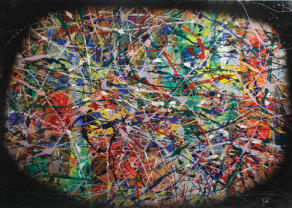The emphasis needs to be placed upon building distinct capabilities for innovation success.

“the dynamics within the existing capabilities need to be fully understood and then you need to design the new capabilities on clear understanding of the direction, vision and mission required from innovation to be more successful in meeting the strategic needs”.
Irrespective, there are big, consistent growing questions still nag away in the CEO’s mind on innovation
Q: “What and where do I place my limited (and scarce) resources to maximise the impact of our innovation efforts and how can I be sure?”
“What are those capabilities that generate differential advantage?” How can the CEO or CIO identify the links and connections they want to make their innovation activity align more with the overall capabilities system they have in place? Where does the CEO place his ‘bets’ to get the limited resources he has available aligned to gain this better return on the investments in innovation?
Can we identify a common set of critical innovation capabilities?
Yes, I believe we can.
Continue reading “Establishing Distinct Capabilities for Innovation Success”









